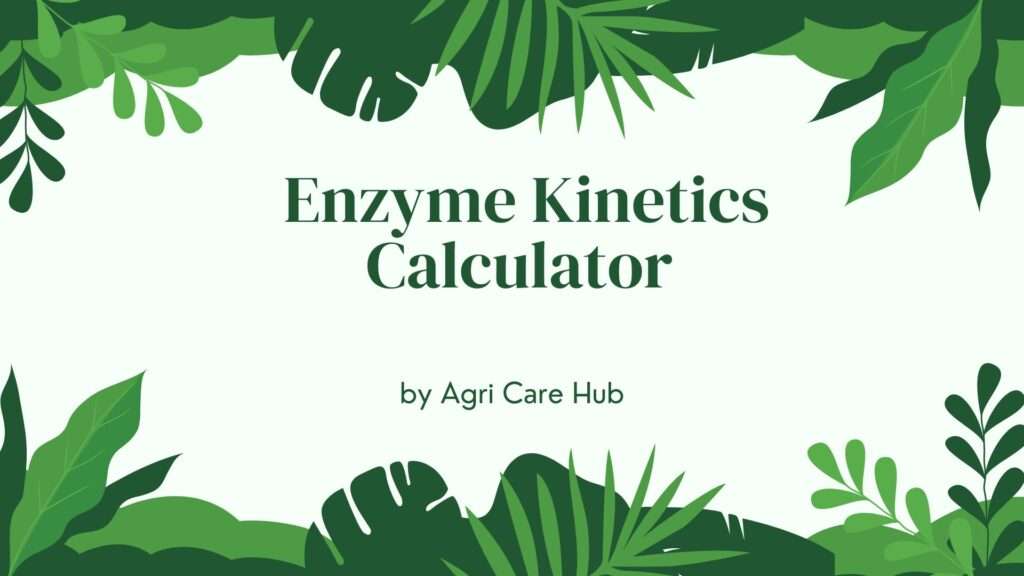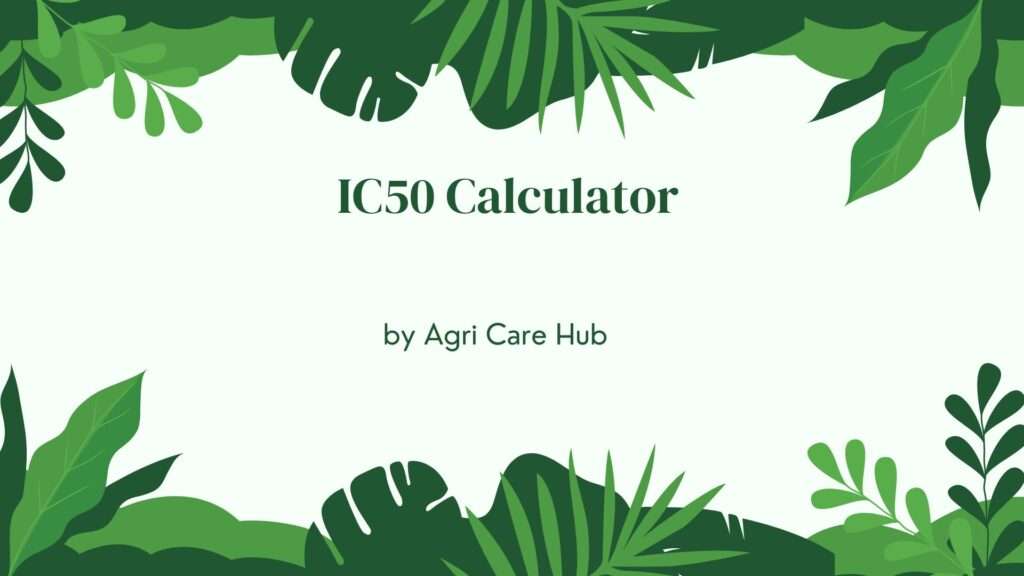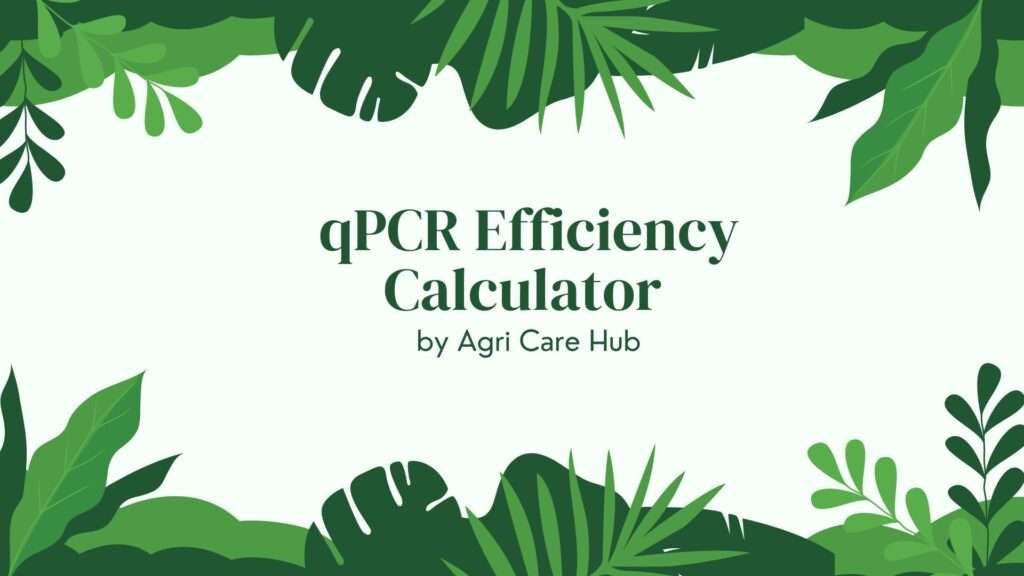ELISA Calculator
Calculate Antigen Concentration
Enter the optical density (OD) values and standard curve data to calculate the antigen concentration in your sample.
About the ELISA Calculator
The ELISA Calculator is a sophisticated tool designed to assist researchers, clinicians, and laboratory professionals in accurately determining antigen concentrations in samples using the ELISA (Enzyme-Linked Immunosorbent Assay) technique. This calculator leverages verified scientific methodologies to ensure precise and reliable results, making it an essential resource for diagnostics, biotechnology, and quality control applications. By inputting optical density (OD) values and standard curve data, users can quickly calculate antigen concentrations, streamlining laboratory workflows and enhancing data accuracy. This tool is particularly valuable for those working in medical diagnostics, plant pathology, and food safety, as it adheres to peer-reviewed standards for Agri Care Hub and related fields.
Importance of the ELISA Calculator
The ELISA Calculator plays a critical role in modern laboratory settings by simplifying the complex process of quantifying analytes in biological samples. The Enzyme-Linked Immunosorbent Assay (ELISA) is renowned for its high sensitivity and specificity, making it a cornerstone in detecting proteins, antibodies, and other biomolecules. However, interpreting ELISA results manually can be time-consuming and prone to errors. This calculator automates the process, reducing human error and ensuring consistency in results. It is particularly vital in high-stakes applications such as detecting HIV antibodies, screening for food allergens, or diagnosing plant pathogens, where accuracy is paramount. By integrating established scientific principles, the calculator ensures that users obtain trustworthy results that align with industry standards.
The importance of the ELISA Calculator extends beyond convenience—it enhances the reliability of diagnostic outcomes. For instance, in medical diagnostics, accurate quantification of biomarkers can lead to early detection of diseases, improving patient outcomes. In the food industry, the calculator aids in identifying allergens like peanuts or milk, ensuring consumer safety. Additionally, in plant pathology, it supports the detection of pathogens that threaten agricultural productivity, aligning with the mission of Agri Care Hub to advance agricultural health. The calculator’s ability to process data quickly and accurately makes it an indispensable tool for laboratories aiming to maintain high standards of quality and precision.
User Guidelines
To use the ELISA Calculator effectively, follow these steps:
- Prepare Your Data: Ensure you have the optical density (OD) value of your sample and a set of standard OD values with corresponding known concentrations (in ng/mL).
- Input Sample OD: Enter the OD value of your test sample in the designated field.
- Enter Standard Data: Provide comma-separated OD values and concentrations for the standard curve. Ensure the number of OD values matches the number of concentrations.
- Calculate: Click the "Calculate" button to compute the antigen concentration based on a linear regression of the standard curve.
- Review Results: The calculated concentration will be displayed, along with the R² value to indicate the reliability of the standard curve.
Note: Ensure all OD values are positive and within the spectrophotometer’s reliable range (typically 0 to 2.5). For optimal results, use at least five standard points to construct a robust standard curve.
Advanced users may also consider the following tips:
- Quality Control: Verify that your standard curve has an R² value close to 1 (e.g., >0.95) for high accuracy.
- Data Validation: If the sample OD falls outside the range of standard OD values, the result may be less reliable due to extrapolation.
- Assay Type: This calculator is optimized for quantitative sandwich ELISA but can be adapted for other ELISA types with appropriate standard curves.
For additional resources on ELISA protocols, visit ELISA on Wikipedia or consult Agri Care Hub for agricultural applications.
When and Why You Should Use the ELISA Calculator
The ELISA Calculator is ideal for situations requiring precise quantification of antigens or antibodies in liquid samples. You should use this tool when:
- Conducting medical diagnostics, such as detecting HIV, dengue, or celiac disease biomarkers.
- Performing quality control in the food industry to identify allergens like milk, eggs, or nuts.
- Screening for plant pathogens in agricultural settings to protect crops and ensure food security.
- Researching biomarker concentrations in biotechnology or pharmaceutical development.
The primary reason to use this calculator is its ability to deliver fast, accurate, and scientifically validated results, reducing manual calculation errors and saving time. It is especially useful in high-throughput laboratories where efficiency and precision are critical.
In research settings, the ELISA Calculator facilitates the analysis of large datasets, enabling scientists to focus on interpreting results rather than performing repetitive calculations. In clinical diagnostics, it supports rapid decision-making by providing reliable antigen concentration data. For agricultural professionals, the calculator aligns with the goals of Agri Care Hub by aiding in the detection of plant pathogens, which is critical for sustainable farming. The tool’s versatility makes it suitable for both routine laboratory tasks and cutting-edge research, ensuring broad applicability across various scientific domains.
Purpose of the ELISA Calculator
The primary purpose of the ELISA Calculator is to provide a user-friendly, scientifically accurate tool for quantifying antigen concentrations using ELISA data. By automating the calculation process, it eliminates the need for manual standard curve plotting and interpolation, which can be error-prone. The calculator serves multiple purposes:
- Enhancing Accuracy: Uses linear regression to generate precise concentration estimates based on standard curves.
- Improving Efficiency: Saves time by automating complex calculations, allowing users to process multiple samples quickly.
- Supporting Research and Diagnostics: Provides reliable results for medical, agricultural, and industrial applications.
- Educational Tool: Helps students and trainees understand the principles of ELISA by visualizing the relationship between OD and concentration.
The ELISA Calculator is designed to meet the needs of diverse users, from academic researchers to industry professionals. In medical laboratories, it supports the diagnosis of diseases by quantifying biomarkers with high precision. In the food industry, it ensures compliance with safety regulations by detecting allergens. In agriculture, it aids in pathogen detection, contributing to the mission of Agri Care Hub to promote sustainable practices. By adhering to peer-reviewed scientific methodologies, the calculator ensures that results are credible and reproducible, making it a trusted tool for professionals worldwide. For further reading on ELISA techniques, refer to ELISA on Wikipedia.












